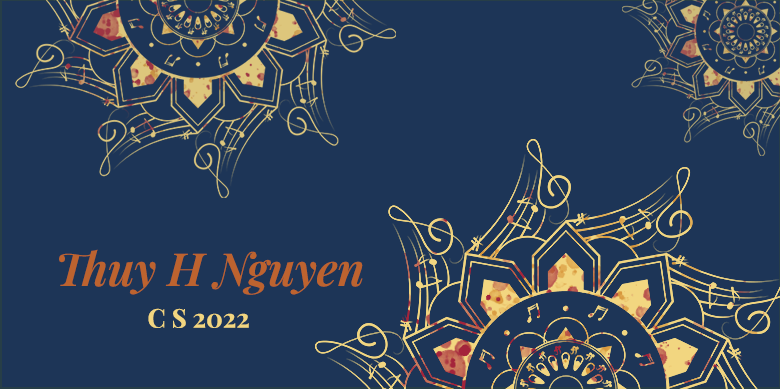Figma Training
I’ve been working on the UI / UX Figma training that Maddy wrote. I chose to do the personal portfolio site, and it has been really fun so far.
Here’s a picture of my wireframe.
And here’s my prototype.

I’ve been working on experimenting the possibility of flip cards in CLIO. I found out on W3Schools that this can be done using pure HTML and CSS (CLIO is a little restricted when it comes to JS), so I tested it out because Dr. Hunt and Dr. Lundy from the Diversity and Inclusion course mentioned that they are interested in this.
I’ve been working on coordinating everyone on the HTML and CSS Training, since the first iteration of the instructions is done. I had a call with Sheryl, Ingrid, and Poonum earlier this week to get them set up with the server and ssh. We ran into minor troubles here and there but everything works well so far. I’ll be having a meeting with Megan next week to help her set up as well.
Okay sorry back to Liszt this week. I was debating switching to Mozart because I’m currently learning a very nice Mozart piece, but I felt like I might have more insight after learning it, so maybe later :).
This week I want to recommend Liszt’s famous Dante Sonata. This section below is paraphrased from Wikipedia.
Après une lecture du Dante: Fantasia quasi Sonata, also known as the Dante Sonata, is a one-movement piano sonata composed by Liszt in 1856. The piece is part of the second volume of his Annés de pèlerinage (Years of Pilgrimage). This work of program music was inspired by the reading of Dante Alighieri’s most famous epic poem, the Divine Comedy.
This sonata was originally a small piece entitled Fragment after Dante, consisting of two thematically related movements, which Liszt composed in the late 1830s. He gave the first public performances in Vienna, during November 1839. When he settled in Weimar in 1849, he revised the work along with others in the volume, and gave it its present title derived from Victor Hugo’s work of the same name.
The piece is divided into two main subjects, the first being a chromatic theme in D minor, which represents the wailing of souls in hell. This theme also features many tritone. The second theme is a chorale in F-sharp major, derived from the first, but now represents the joy of those in heaven, in contrast to the first. These two themes are consistent with the narrative in Dante’s Divine Comedy, which depicts the journey of souls after death according to the Roman Catholic Church’s doctrine.
The piece ends with a rapid chromatic octave section that when played at speed seems to split into three distinct themes, reflecting the three heads of Satan in Dante’s Inferno.
I’ve also been working on this training. Earlier this week Stacy helped me put the files I wrote locally to the server and so now I can be viewed live! You can see it here: https://laits.utexas.edu/~thn556/index.html. The special characters text looks a little funky but I’ll try to fix that up later!
Here’s the current instructions: http://sites.la.utexas.edu/kb/2020/10/12/basic-training-html-css-and-javascript/. It turns out that the most complicated part was to write up on how to ssh into the server as well as modifying the permission to make the site public (like mine above). I had Sheryl tried out the instructions since she already had VSCode installed but it seems like it didn’t work for her :(. I’ll look more into it next week.